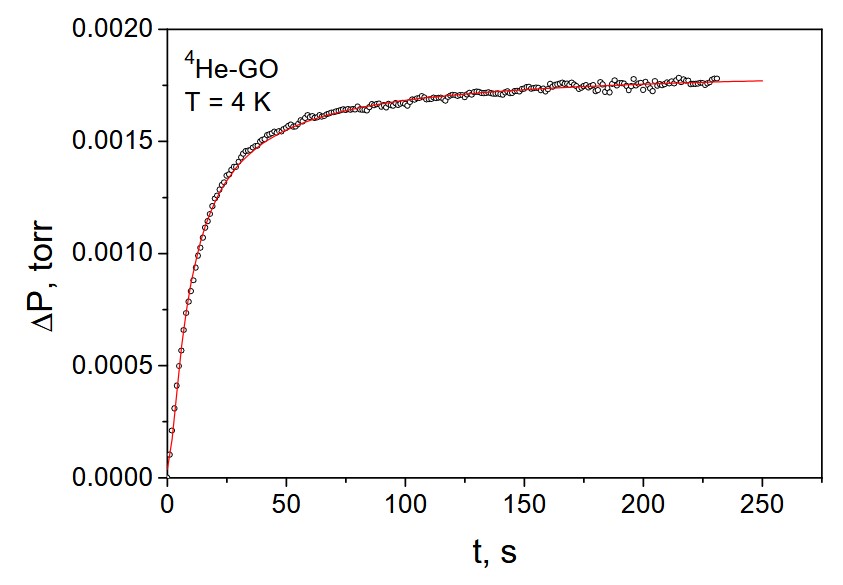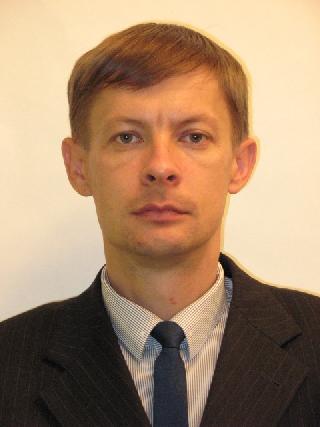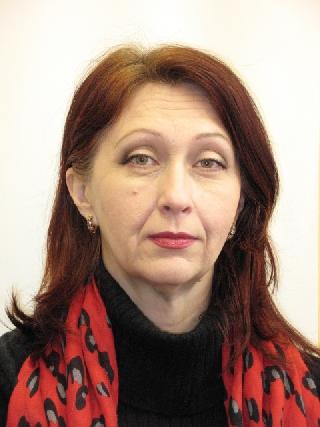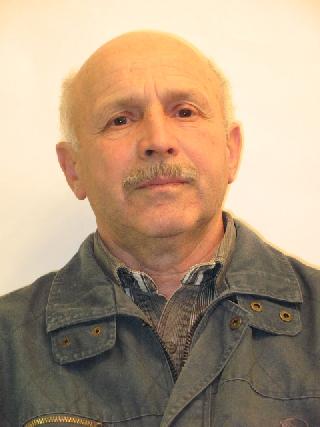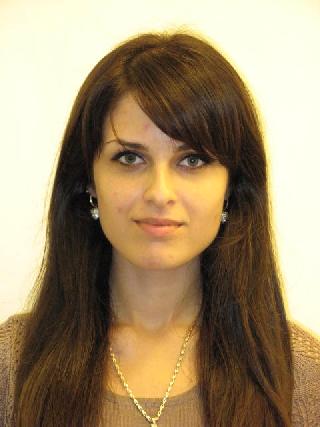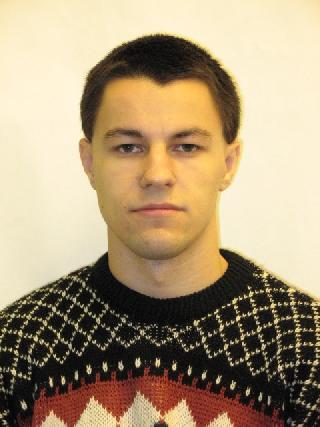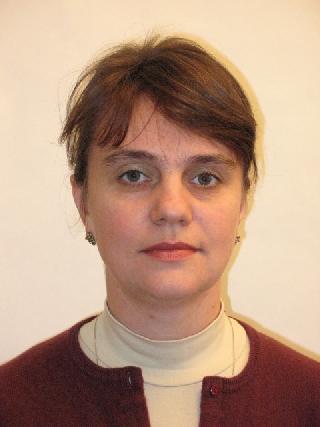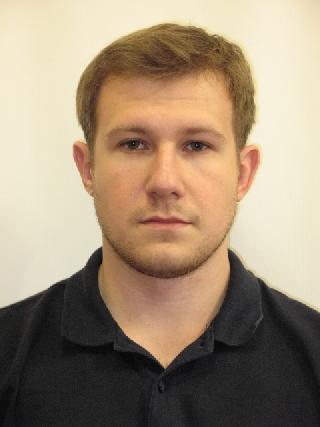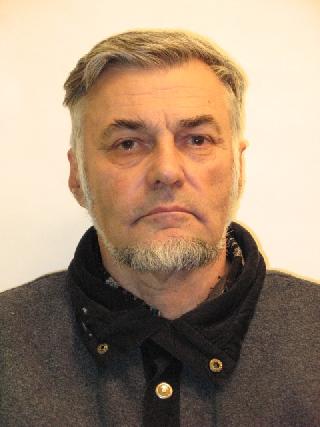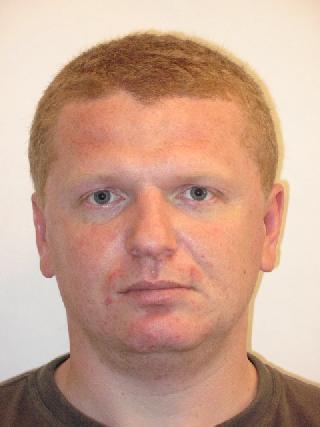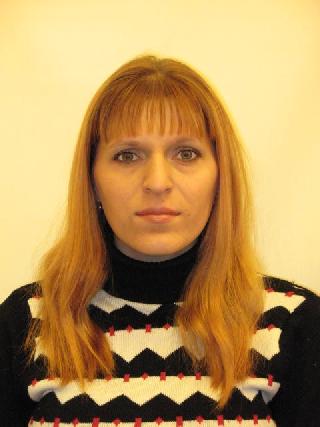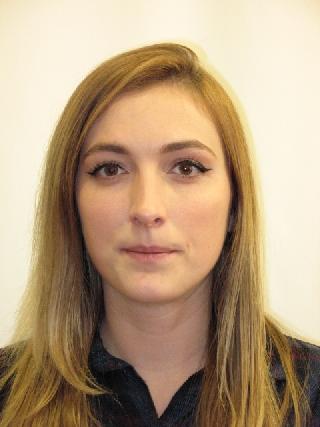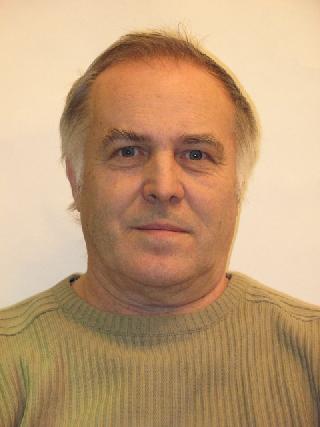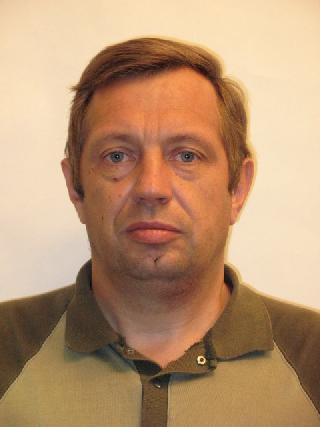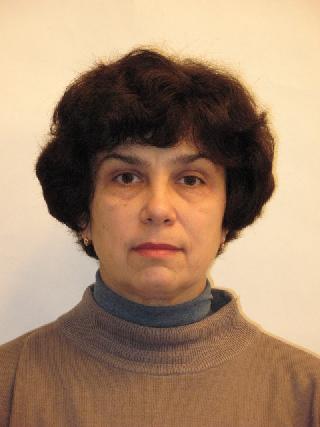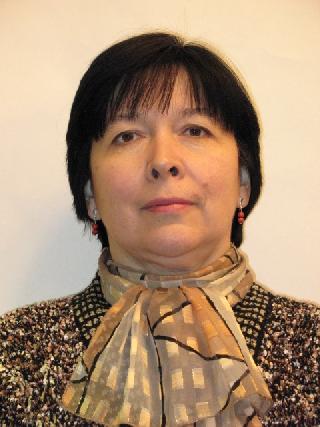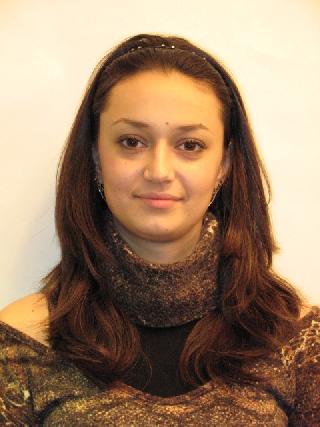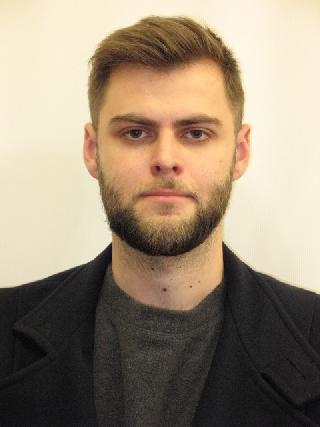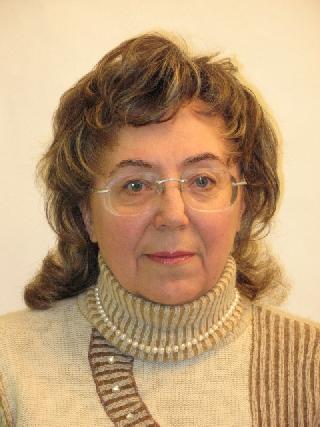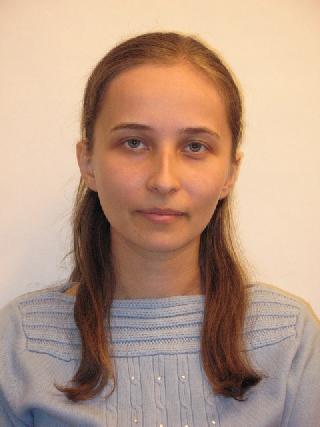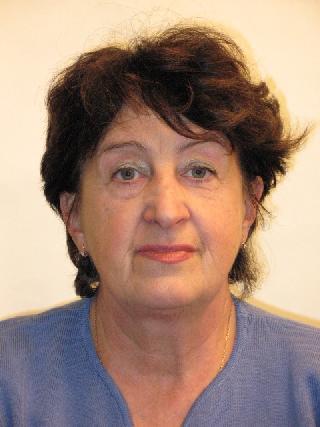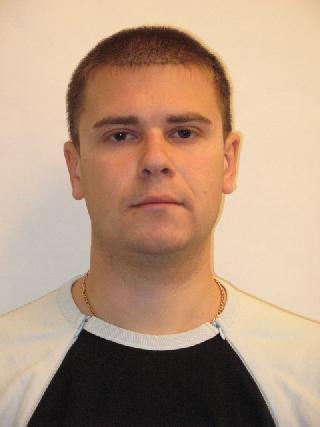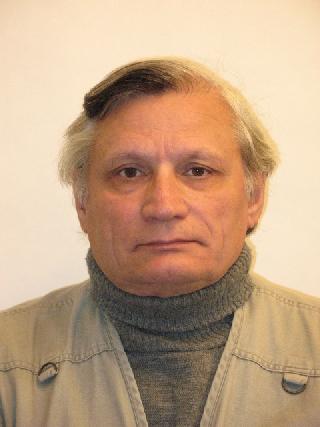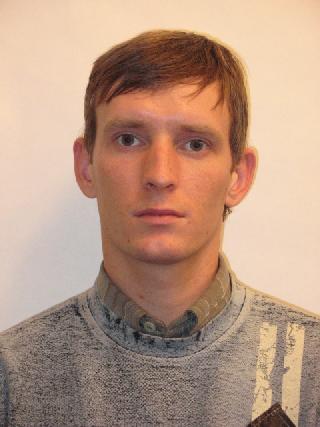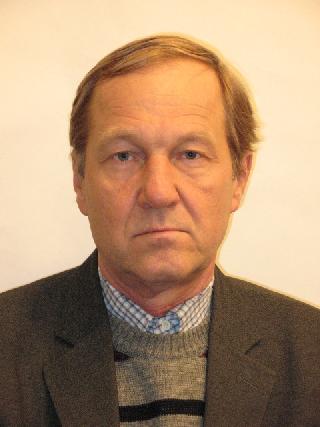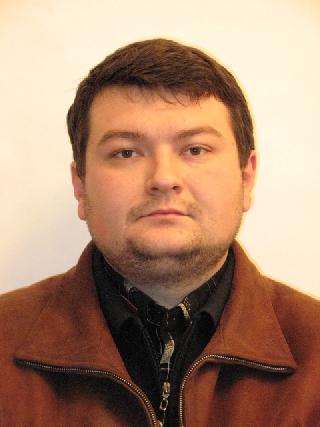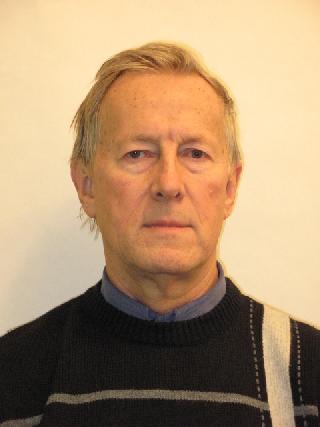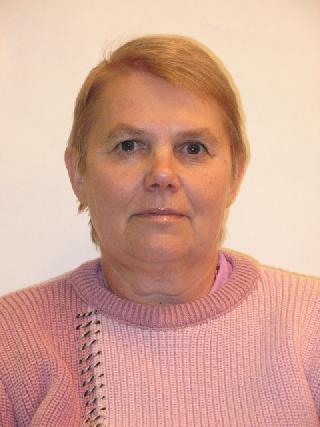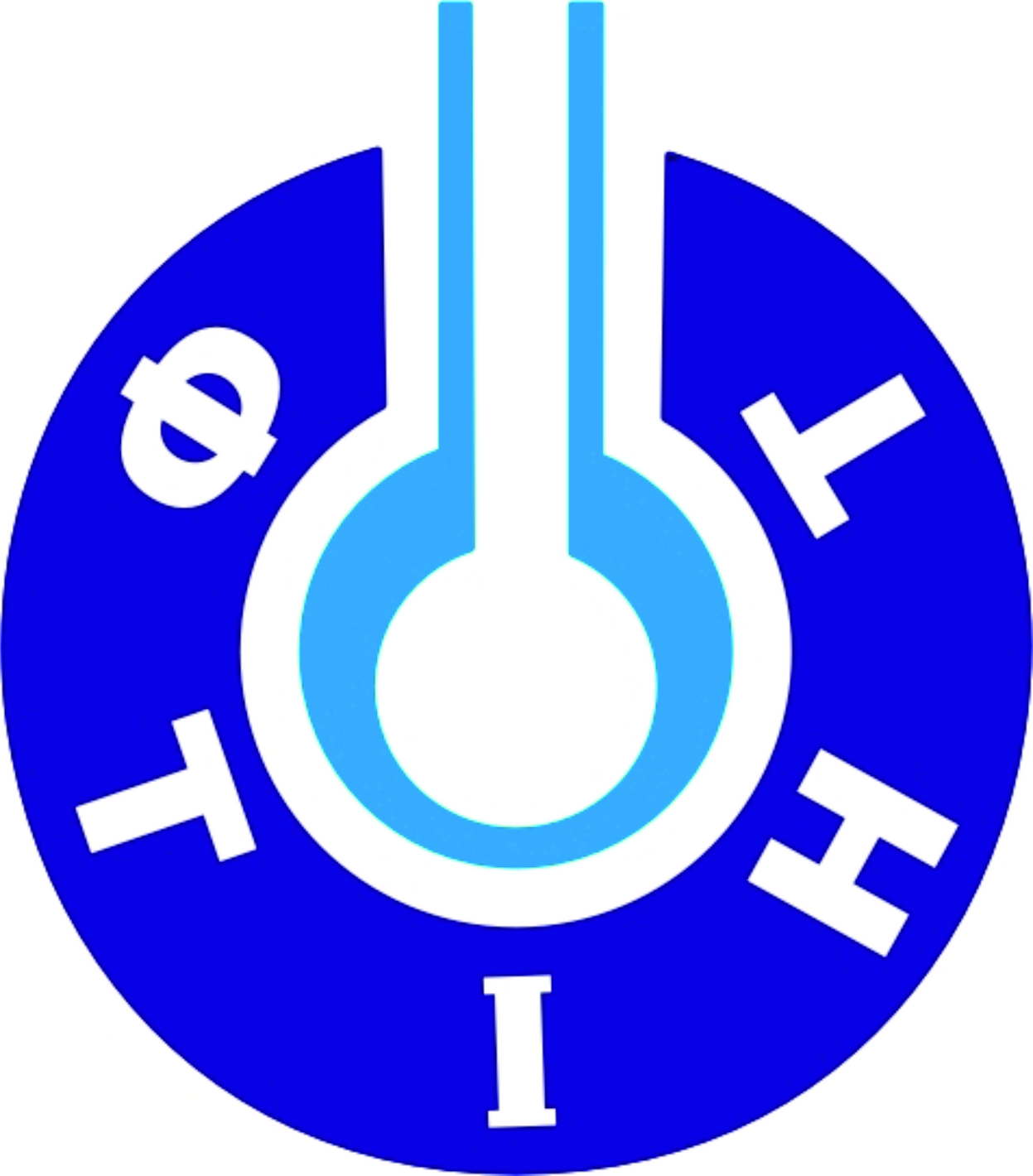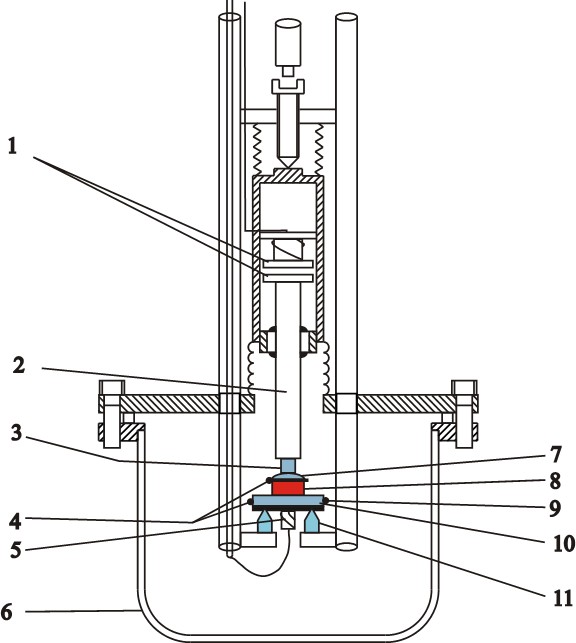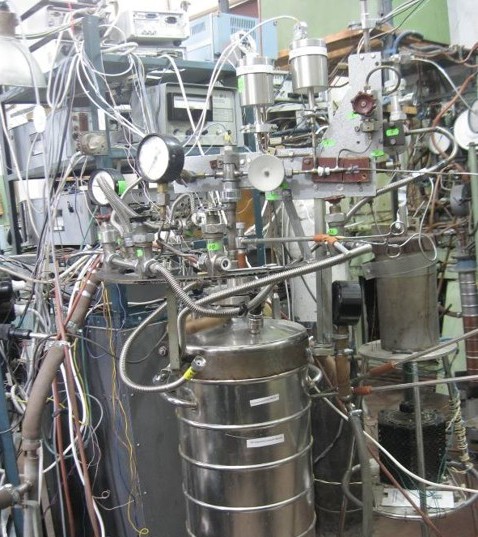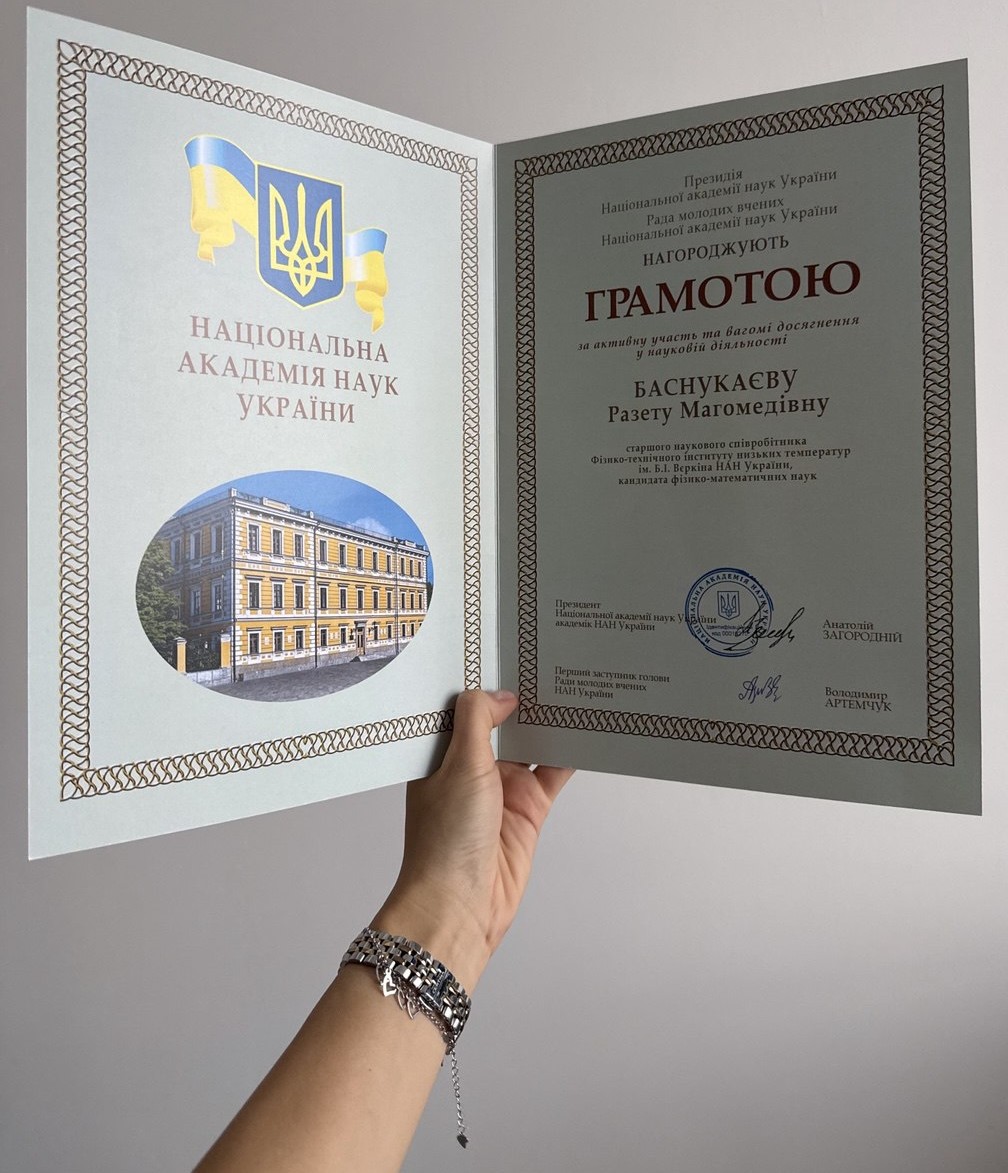Department (laboratory) of thermal properties of molecular crystals was founded in 1962. Department was headed by Academician of NAS of Ukraine
Manzhelii V.G. (1933-2013)
from 1970 to 2007. From 2007 to 2016, the Department was headed by Doctor of Science Konstantinov V.A.
The department was reorganized in 2018 by incorporation of two departments: Thermal properties of molecular
crystals and Department of Structural studies of solids at low temperatures.
The main directions of the scientific activity of the Department:
Thermal properties of solids and nanostructures (physics of quantum macroscopic phenomena, quantum and
cryocrystals, low-temperature dilatometry, thermal conductivity, heat capacity, etc.).
Structural properties of nanosystems, molecular crystals and hybrid materials (physics of crystalline and amorphous
states, physics of phase transitions, structural studies of new materials and cryocrystals, kinetics of gas
saturation with nanosystems, optical spectroscopy, etc.).
Investigations carried out in the temperature interval from 0.4 to 300 K and pressures up to 8000 atm.
Heat capacity, heat of phase transitions, thermal expansion, compressibility, isochoric and isobaric thermal
conductivity, dielectric penetration for solids, conversion, quantum diffusion (configuration relaxation),
sorption and thermally stimulated desorption of gases by nanostructures and nanomaterials are studied.
Brief information(top)
- low-temperature dilatometry for studying the thermal expansion of solids in the temperature range 2 - 290 K;
- low-temperature adiabatic calorimetry for the study of heat capacity and thermal effects (2 - 300 K);
- experimental methods for investigating isobaric thermal conductivity and isochoric thermal conductivity (2 - 300 K);
- technique for investigating dielectric permittivity;
- method for the synthesis of graphene oxide;
- the technique of processing of nanostructures with a high-frequency discharge in a gaseous medium;
- X-ray diffraction studies of powder samples with an operating temperature range from 2 K to room temperature;
- electron diffraction studies with an operating temperature range from 2 K to room temperature;
- set-up for investigating the spectral-luminescent properties of objects with a small quantum emission of luminescence in a wide temperature range (10 - 300 K);
- set-up for measuring the integral and time-resolved luminescence spectra and the relative quantum yield of molecular emission.
Low-temperature dilatometry for studying the thermal expansion of solids in the temperature range 2 - 290 K is shown in Fig.
Dilatometer was designed in ILTPE NASU so that allows precision measurements of the linear coefficient of
thermal expansion in studied temperature range.
Measurements of thermal expansion provide information about the specific
phase transitions and quantum phenomena in solids [Low Temp. Phys.42, 788 (2016)].
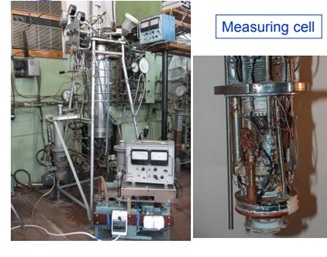
A adiabatic calorimeter for study of the heat capacity of nanomaterials
in the temperature range from 2 to 300 K.The adsorption pump removes helium vapor
from the bath.
The calorimeter can be cooled up to 2 K by pumping helium vapor from 4He bath of the cryostat.
Samples can be dopped by gases in the calorimeter cell. The calorimetric cell (see Fig. below) is placed into a vacuum chamber of calorimeter.
The adiabatic conditions of the experiment are maintained by controlling the temperature of the adiabatic
shield [Low Temp. Phys. 37, 424 (2011)].
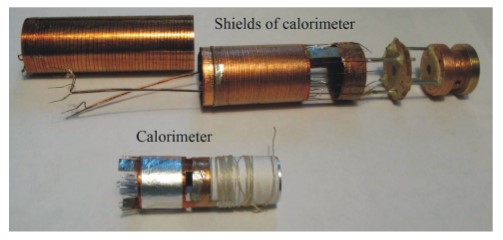
Schematic of the low-temperature section of the setup for measuring the thermal conductivity of
samples using the stationary heat flow method is shown on Fig. below [Instrum Exp Tech 48, 417–421 (2005)].
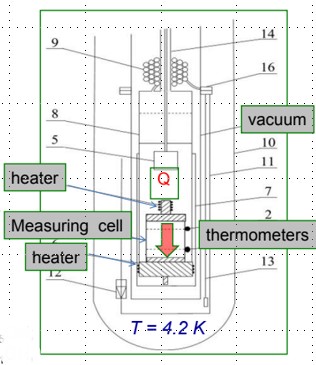
Isochoric thermal conductivity of solid with different densities are measured by a stationary method
on a coaxial geometry device [Instr. Exp. Tech. 42, 133 (1999)]. Using a high-pressure cell, it is possible
to grow a solid sample of sufficient density for inert gases and other gas or liquid materials. The measuring
beryllium bronze cell aloow maximum permissible pressure near 800 MPa.
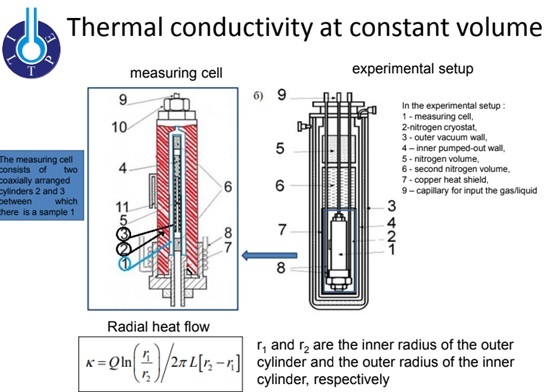
X-ray measurements are carried out using a DRON series powder diffractometer.
Structural measurements from helium to room temperatures for
solids (molecular crystals, nanostructures, composites, and polymers) provide information about the
morphology of samples; micro- and macrodeformation;
the value of the short-range order and other processes occurring in the samples.
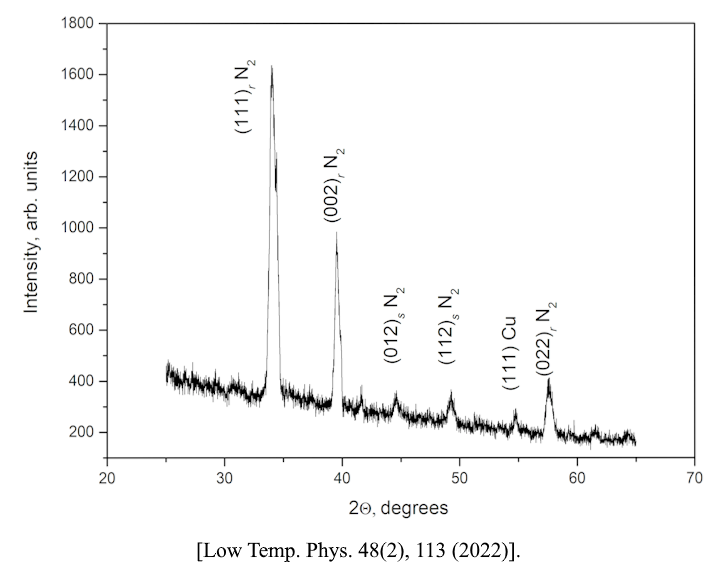
Sorption and desorption of gas impurities by powders of nanomaterials are investigated in the temperature
interval 2 -290 K that allows to analyse the thermally activated and tunneling mechanisms of sorption.
The example of the pressure variations in the process of 4He desorption from the sample of graphene oxide
is shown on Fig. below [Low Temp. Phys. 39, 1090 (2013)].
